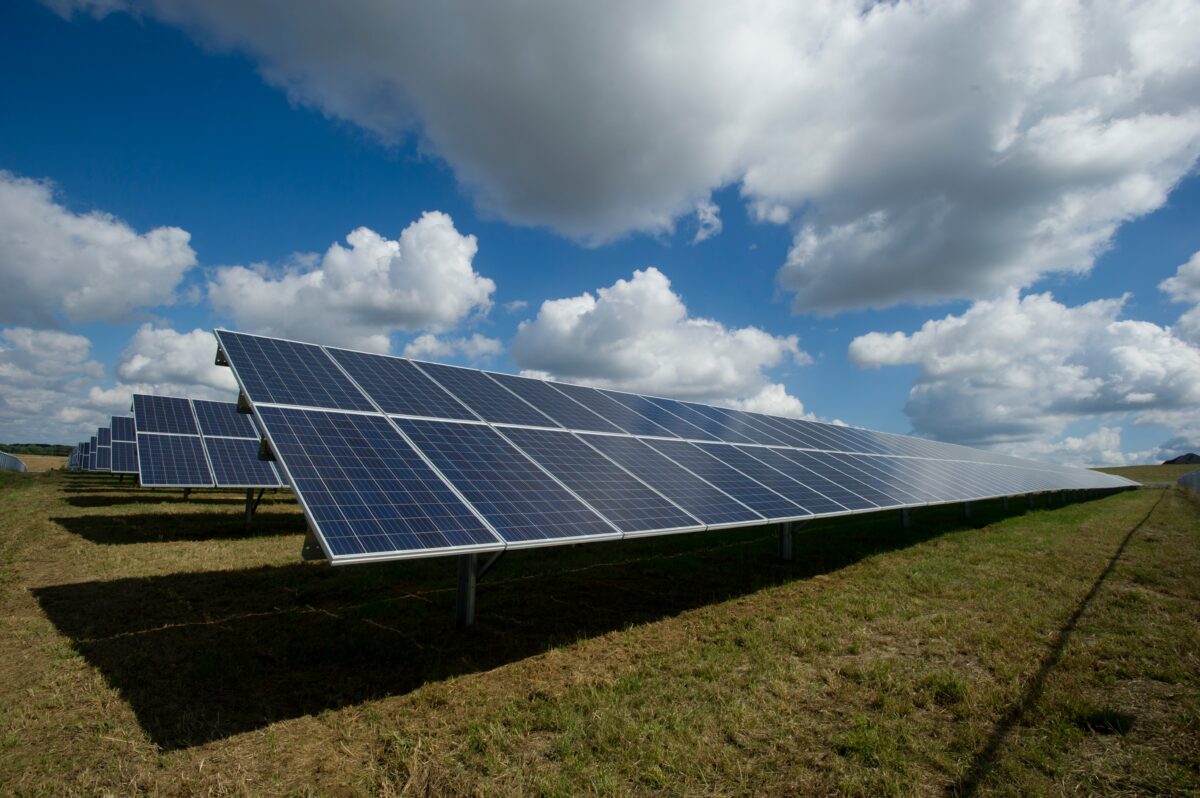 (Photo by American Public Power Association on Unsplash)
(Photo by American Public Power Association on Unsplash)Editor resists temptation to call WI solar farm “the big cheese” in headline, reserves regional dad joke for subheader
Badger Hollow Solar Farm, billed as the largest solar project in the state of Wisconsin, is now operational.
On Friday, Madison Gas and Electric (MGE) and We Energies announced the 300 MW project had been completed and the final panels are now in service.
Badger Hollow Solar Farm is located near the communities of Montfort and Cobb in Iowa County, Wisconsin. The project came online in two 150-MW phases. The second phase began powering homes and businesses across Wisconsin last month, while the facility’s first phase came online in December 2021.
The project features 830,000 solar panels that move and track the sun throughout the day. The panels also capture solar energy on both sides — which the companies call a useful feature in winter when the sun reflects off the snow and onto the panels.
“Wisconsin utilities have a long history of working together, and I appreciate the partnership with We Energies to make this project a great success,” said Jeff Keebler, MGE Chairman, President, and CEO in a statement. “The completion of Badger Hollow is another step in our ongoing transition to greater use of cost-effective, carbon-free renewable energy to serve all MGE electric customers.”
“This groundbreaking project demonstrates our commitment to delivering a bright, sustainable future for our customers and communities,” added Scott Lauber, President and CEO of We Energies. “From frigid winter mornings through the hottest summer days, Badger Hollow Solar Park will play an important role in helping us deliver affordable, reliable, and clean energy.”
We Energies and MGE jointly own the second phase of the Badger Hollow Solar Farm. We Energies owns 100 MW of the facility’s capacity, with MGE owning 50 MW. We Energies’ sister company, Wisconsin Public Service, owns 100 MW of the first phase of the park, and MGE owns the other 50 MW.
As of Q3 2023, Wisconsin had 1,291 MW of solar installed, according to the Solar Energy Industries Association (SEIA), signifying a total investment of $1.6 billion. Additionally, 2.32% of the state’s total electricity came from solar, with 3,781 MW planned to be added over the next 5 years.